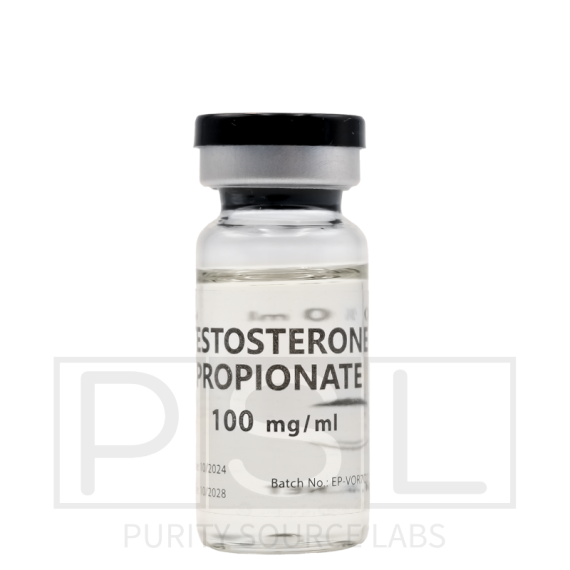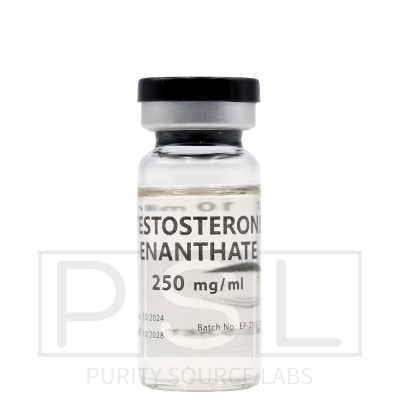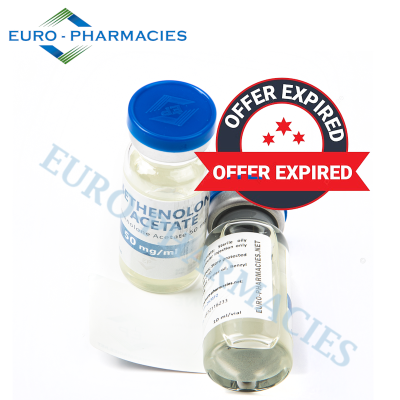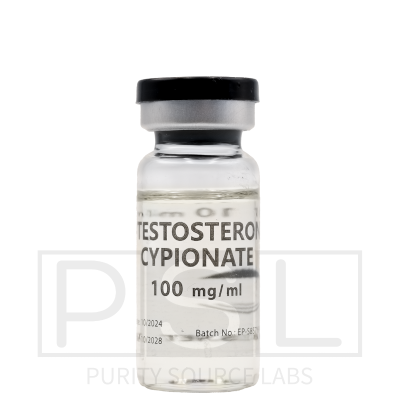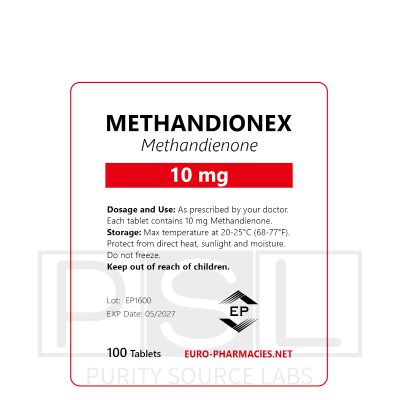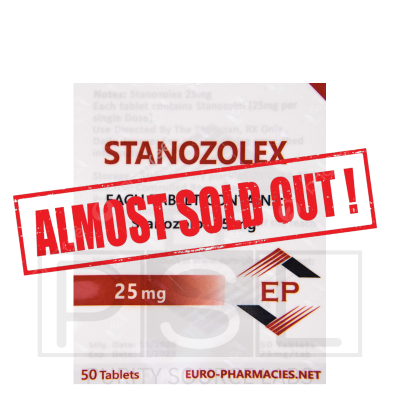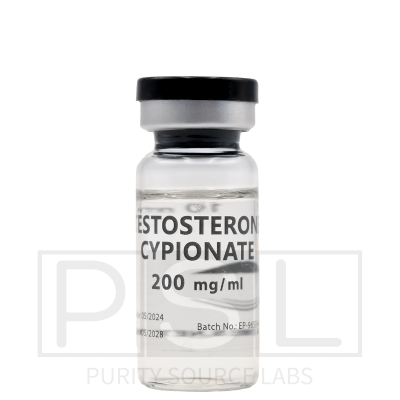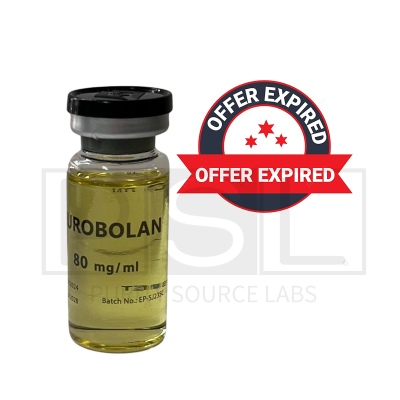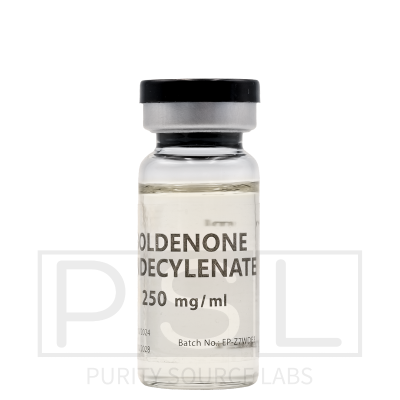- -25%
Testosterone Propionate - 100mg/ml, 10ml/vial - Euro-Pharmacies - USA
Shipping from USA
Testosterone Propionate 100 mg (Test Prop)
Testosterone Propionate, commonly referred to as Test Prop, is a fast-acting ester of the primary male sex hormone. Renowned for its rapid onset of effects, this compound has established itself as a fundamental option in both performance enhancement and therapeutic medicine. The 100 mg/mL concentration represents a standard formulation that effectively balances potency with dosing flexibility.
Chemical Properties and Mechanism of Action
The compound is synthesized by attaching a propionic acid ester to the 17-beta hydroxyl group of the testosterone molecule. This esterification process moderately reduces the hormone's molecular weight compared to its pure form and, more significantly, decelerates the release of the active substance from the injection site into the bloodstream. Nevertheless, this ester remains classified as a short-chain variant, characterized by a comparatively rapid release rate.
Upon administration, enzymatic activity cleaves the ester bond, liberating free testosterone into the circulation. The hormone then binds to androgen receptors distributed across various tissues—including muscular, skeletal, and neural systems—where it exerts its characteristic anabolic (tissue-building) and androgenic (masculinizing) effects. This mechanism promotes nitrogen retention, stimulates protein synthesis, and elevates red blood cell production, collectively contributing to enhanced muscular development and strength capacity.
Historical Background
Testosterone represents the foundational compound from which all anabolic-androgenic steroids have been derived. Its historical timeline extends approximately nine decades, with initial documentation emerging in the early 1930s. The first recorded applications for performance enhancement are historically attributed to Nazi Germany during World War II, where it was administered to military personnel to potentially improve cognitive function, aggressive response, and preserve lean tissue mass during nutritional deprivation.
During the 1950s, Soviet Olympic weightlifting teams incorporated testosterone in their training regimens, subsequently introducing the compound to American athletic programs. However, with the pharmaceutical introduction of Dianabol in the subsequent years, testosterone's popularity diminished considerably, maintaining a relatively peripheral status until the mid-1980s. It was during this period that a specialized contingent of bodybuilders began reintegrating testosterone into their performance-enhancement protocols. The substance achieved predominant status during the 1990s and, by the millennium's conclusion, had become an essential component in most athletic enhancement regimens.
Administration and Classification
This substance is exclusively administered through intramuscular injection. As the prototypical steroid, Testosterone Propionate serves as the chemical precursor from which all subsequent steroid classifications have been developed.
Therapeutic and Performance Applications
As an endogenously produced hormone in both sexes, testosterone plays crucial roles in maintaining normal physiological function. While its effects are comprehensive across multiple bodily systems, athletes primarily value its pronounced impact on muscular hypertrophy.
Despite being among the earliest discovered anabolic compounds, testosterone maintains remarkable efficacy for tissue growth. Although its milligram-for-milligram anabolic potency may not exceed some synthetic derivatives, its superior safety profile enables administration at higher dosages over extended periods, resulting in substantially increased protein synthesis rates. The compound facilitates muscular development through multiple mechanisms: upregulation of androgen receptor density, enhancement of IGF-1 concentrations, activation of satellite cell proliferation, and stimulation of endogenous growth hormone secretion.
Beyond its direct physiological actions, the hormone influences neurological activity and competitive motivation, potentially enabling more intensive training output. The substance also demonstrates significant effects on sexual health parameters, including libido enhancement and functional improvement.
Practical Implementation Guidelines
Individuals pursuing maximal hypertrophic response typically implement higher dosage protocols, while those seeking quality muscular development with minimal fluid retention often combine lower doses with non-aromatizing compounds. The substance's short ester configuration reduces the propensity for water accumulation compared to longer-acting esters, establishing it as the preferred selection during pre-competition preparation phases.
Pharmacological Characteristics Testosterone Propionate 100 mg
This pharmaceutical product demonstrates a balanced anabolic-androgenic ratio of 100:100. The compound is susceptible to aromatization, which typically necessitates estrogen management protocols when dosages exceed 300 mg weekly. Notably, the substance exhibits no progestagenic activity and lacks methylation, reducing potential hepatic strain.
Dosing Protocol
Common administration ranges between 300-2,000 mg weekly, typically distributed across 3-7 injections due to the compound's abbreviated half-life. Cycle duration generally spans 8-16 weeks, though some therapeutic applications may extend considerably longer.

